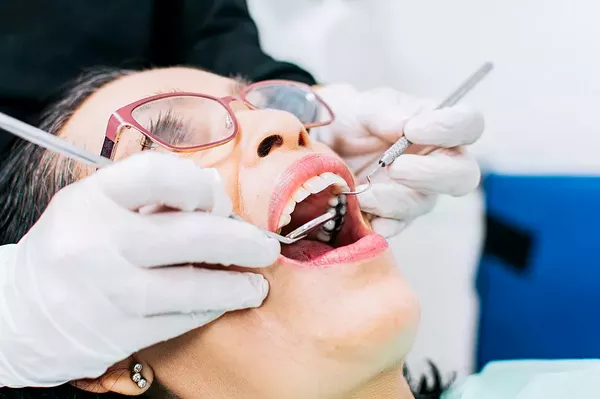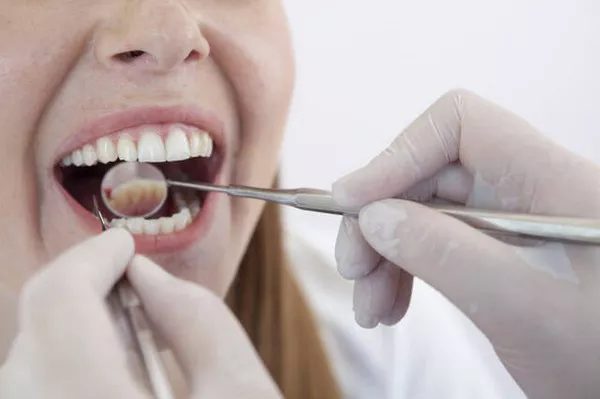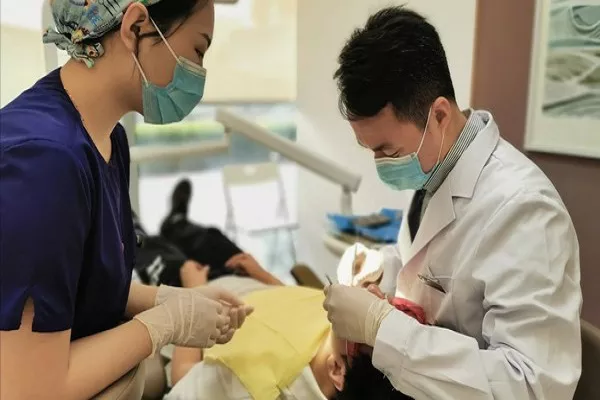In the realm of oral health, the process of tooth extraction and subsequent dental implant placement is a critical journey that individuals often embark upon. Understanding the optimal timing for dental implant placement after a tooth extraction is crucial for a successful and seamless procedure. In this comprehensive guide, we delve into the intricacies of the post-extraction timeline, shedding light on the factors influencing the ideal timeframe for dental implant installation.
The Initial Healing Phase (Days 1-14):
As the initial phase post-tooth extraction unfolds, the body initiates its natural healing mechanisms. Blood clots form at the extraction site, safeguarding it against infections and promoting the early stages of tissue repair. During this critical period, patients are advised to adhere to a strict regimen of prescribed medications and oral care routines to minimize discomfort and expedite the healing process.
1.1 Post-Extraction Care:
Implementing proper post-extraction care is paramount. Patients should adhere to their dentist’s guidelines, including avoiding strenuous physical activities and refraining from consuming hot or cold beverages. These precautions contribute to a conducive environment for optimal healing.
1.2 Follow-up Appointments:
Regular follow-up appointments with the dentist are imperative during the initial healing phase. These visits allow the dental professional to monitor the progress, identify any potential complications, and adjust the treatment plan accordingly.
1.3 Dietary Considerations:
A nutrient-rich diet plays a pivotal role in supporting the body’s healing processes. Patients are encouraged to consume soft, easily chewable foods and stay adequately hydrated to promote overall well-being.
Osseointegration and Bone Healing (Weeks 2-12):
Transitioning into the subsequent weeks post-extraction, the focus shifts towards osseointegration—the crucial process of the implant fusing with the jawbone. This phase is integral to the long-term success of the dental implant and necessitates careful monitoring and adherence to prescribed timelines.
2.1 Monitoring Osseointegration:
Dental professionals employ advanced imaging techniques, such as X-rays, to monitor the progress of osseointegration. This ensures that the implant is securely anchored within the jawbone, laying the foundation for a durable and stable restoration.
2.2 Bone Quality and Quantity:
The density and quantity of the jawbone are pivotal factors influencing the success of dental implantation. In cases where bone volume is insufficient, additional procedures, like bone grafting, may be recommended to enhance the implant’s stability.
Customizing the Implant Timeline (Weeks 12-16):
At the intersection of patient-specific factors and healing milestones, the dentist begins tailoring the implant timeline to suit individual needs. This stage involves collaborative decision-making, considering factors such as overall health, lifestyle, and the patient’s commitment to postoperative care.
3.1 Patient Consultation:
In-depth consultations between the patient and the dental professional are conducted to assess the progress of healing, discuss any concerns or questions, and finalize the timeline for dental implant placement. This personalized approach enhances patient satisfaction and contributes to a positive treatment outcome.
3.2 Digital Impressions and Treatment Planning:
Utilizing cutting-edge technology, dental practitioners employ digital impressions and treatment planning software to create a customized roadmap for the implant procedure. This not only streamlines the process but also ensures precision and accuracy during implant placement.
Implant Placement (Weeks 16 and Beyond):
As the bespoke timeline unfolds, the moment arrives for the actual implant placement. By this stage, the patient’s jawbone has undergone significant healing and osseointegration, providing a solid foundation for the dental implant.
4.1 Surgical Procedure:
The implant placement procedure is conducted with precision and expertise. Local anesthesia is administered to ensure a pain-free experience, and the dental implant is securely positioned within the jawbone.
4.2 Immediate vs. Delayed Loading:
Depending on the individual case and the level of osseointegration achieved, dentists may opt for immediate loading (attaching a crown shortly after implant placement) or delayed loading (allowing additional healing time before attaching the crown). The chosen approach is tailored to optimize the long-term success of the implant.
In conclusion, the journey from tooth extraction to dental implant placement is a meticulously orchestrated process, guided by the principles of healing, precision, and personalized care.
Related Links:
What should i avoid after dental implants?
What to Do if dental implant screw falls out?
How long Does swelling last after dental implant surgery?





























